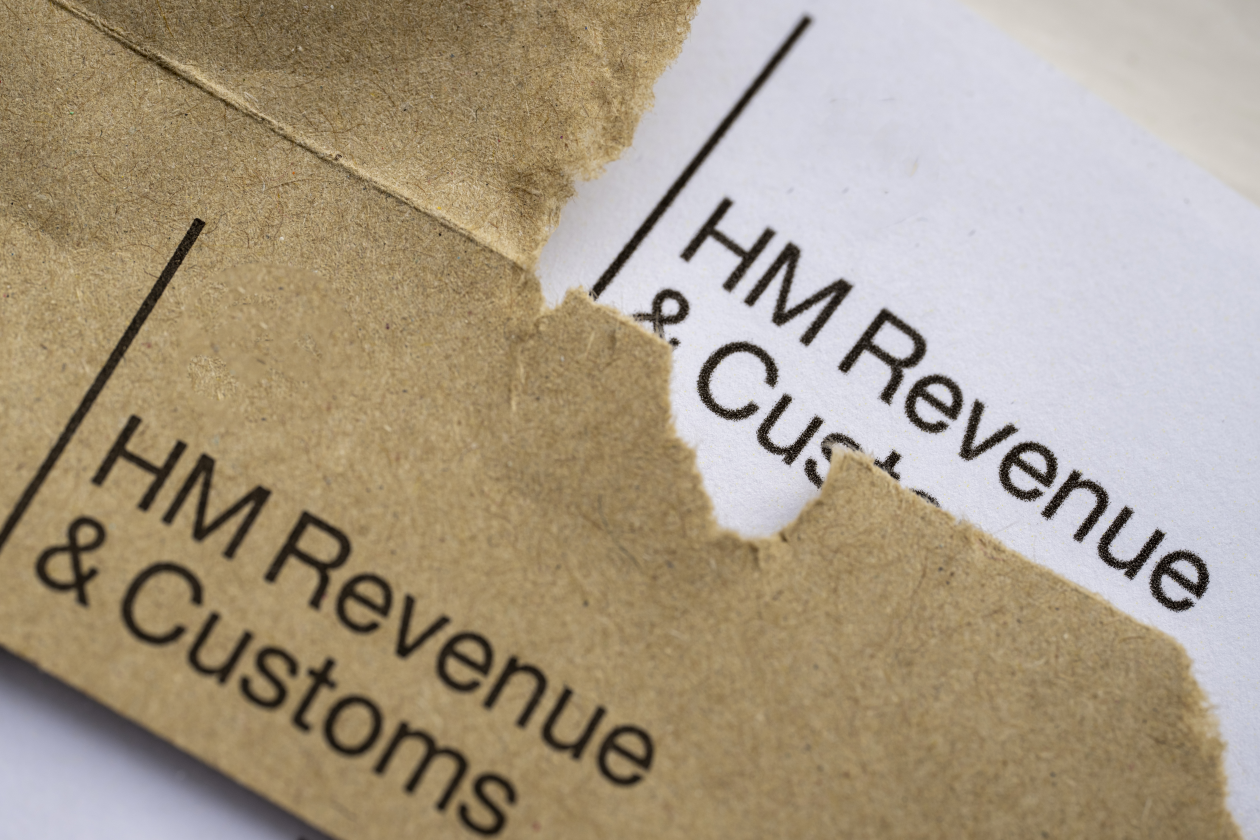On her arrival in Number 11, new Chancellor Rachel Reeves swung the door open wide to changes beyond those outlined in the Labour manifesto.
She said she’d asked the Treasury to discover how dire the country’s finances are and warned of potential difficult choices.
For investors, this raises the chances of a potential hike in capital gains tax (CGT) – but that doesn’t mean you have to pay more tax than you need to.
Here are four tips to potentially help cut your CGT bill.
This isn’t personal advice. If you’re unsure about a certain course of action, take financial advice. ISA, pension and tax rules can change, and their benefits depend on your circumstances.
1. Consider the timing
You can currently make up to £3,000 of gains, tax free, in a tax year.
But knowing when to take a capital gain from your investments, like shares and bonds, can be a tough decision.
It’s important not to rush into any decisions. No changes have even been floated, and if they did come in, it likely wouldn’t be until next April at the earliest. It means there’s likely to be plenty of time.
You could sell more while you know where you stand on tax, especially if you’re a basic-rate taxpayer, because you’ll pay 10% CGT on at least the first part of the gain.
But remember, these CGT changes are just rumours right now and nothing is confirmed. Selling early could mean you lose out if your investment grows – tax shouldn't be your only consideration.
On the flip side, a higher-rate taxpayer, who’ll pay 20% on the gain this year, might want to delay taking any gains above the annual allowance until next year if they expect to earn less income and be in a lower tax band. Remember, you’ll pay different CGT rates if you’re selling residential property.
2. Use your losses
In any given year, you might have made losses on some investments and gains on others.
You can use this to your advantage.
When you complete your tax return, you can add details of the losses you’ve made, which will be offset against the gains when you’re calculating how much CGT you owe.
If you make more losses than gains, you should claim for the extra losses too – these can be claimed up to four years after the end of the tax year you sold them in. You’ll then be able to carry them forward to a future tax year, to offset against any gains you make then.
3. Plan as a couple
If you’re married or in a civil partnership, you can transfer the ownership of some assets to your spouse or civil partner.
There’s no CGT to pay on the transfer and they have a CGT allowance of their own to take advantage of. That means a chunk of the gain might not be subject to tax.
If they’re taxed at a lower rate, when they eventually sell, they might also pay at least some of the CGT owed at a lower rate too.
4. Use ISAs and pensions
You can avoid CGT completely by investing through a Stocks and Shares ISA.
It’s worth noting this isn’t just a boon when you decide to sell up and cash out, it can also make an enormous difference every time you rebalance your portfolio as you go along.
Money paid into a pension will also grow free of CGT, but that’s not all.
Personal pension contributions benefit from tax relief (limits apply) – those who pay tax at higher rates can benefit from tax relief at their highest marginal rate. And making pension contributions can push people out of paying higher-rate tax, and so cut the rate they pay on at least some of their gains.
You can usually access a pension from age 55 (rising to 57 in 2028). Investments can go up and down in value, so you could get back less that you invest.


